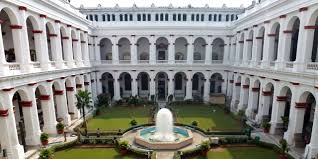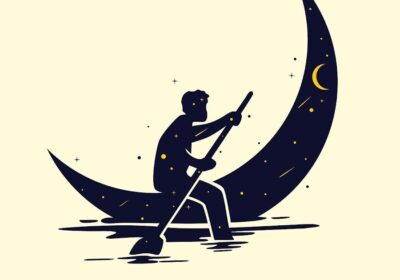Indian Museum: Unveiling India’s Rich Cultural Tapestry
The Indian Museum, located in Kolkata, is a treasure trove of India’s cultural heritage and history, showcasing an extensive collection of artifacts, art pieces, and archaeological finds. Established in 1814, it is the oldest and largest museum in India, offering visitors a journey through millennia of Indian civilization and artistic achievements.
Historical Background
Founded by the Asiatic Society of Bengal, the Indian Museum was initially housed in the Asiatic Society’s building. It moved to its current location on Chowringhee Road in 1875, occupying a grand colonial-era building. The museum’s collection has grown over the centuries through donations, acquisitions, and archaeological excavations, making it a repository of invaluable cultural wealth.
Architectural Splendor
- Building Design: The Indian Museum building itself is an architectural marvel, blending elements of Neoclassical and Indo-Saracenic styles. The imposing structure features grand Corinthian columns, arched galleries, and a central rotunda that houses the museum’s iconic dinosaur skeleton.
- Galleries and Exhibits: The museum is divided into several galleries, each dedicated to specific themes and periods of Indian history and art. Highlights include the Archaeological Gallery, Art Gallery, Anthropology Gallery, and the Coins and Epigraphy Gallery, showcasing artifacts ranging from ancient sculptures to Mughal paintings and numismatic collections.
Key Collections and Exhibits
- Archaeological Treasures: The Archaeological Gallery houses artifacts from India’s ancient civilizations, including sculptures from the Indus Valley Civilization, Gandharan art, and Buddhist artifacts from sites like Sanchi and Taxila.
- Art and Sculptures: The Art Gallery boasts a rich collection of Indian paintings, ranging from miniature paintings of the Mughal and Rajput courts to modern Indian art. Sculptures from various periods, including Gupta and Chola dynasties, showcase the evolution of Indian sculptural traditions.
- Numismatics and Epigraphy: The Coins and Epigraphy Gallery displays a vast collection of coins from different periods of Indian history, offering insights into economic and political developments. Epigraphic inscriptions provide valuable historical information about ancient Indian societies and languages.
Special Attractions
- Dinosaur Fossil: One of the most popular exhibits is the fossilized skeleton of a dinosaur found in the Rajmahal Hills of Bengal. This specimen highlights India’s geological history and the presence of dinosaurs in the region millions of years ago.
- Egyptian Mummies: The museum houses a collection of Egyptian artifacts, including mummies and sarcophagi, acquired through archaeological excavations and donations. These artifacts offer a glimpse into ancient Egyptian funerary practices and cultural exchanges with India.
Educational and Cultural Role
The Indian Museum plays a pivotal role in education and research, offering scholars and visitors opportunities to study and appreciate India’s diverse cultural heritage. It conducts workshops, seminars, and educational programs for students and researchers, promoting a deeper understanding of art, archaeology, and anthropology.
Visitor Experience
- Facilities: The museum provides amenities such as guided tours, audio guides, a library, and a cafeteria for visitors. It is wheelchair accessible, ensuring inclusivity for all guests.
- Events and Exhibitions: Throughout the year, the Indian Museum hosts temporary exhibitions, cultural events, and lectures that highlight specific aspects of Indian history, art, and culture. These events enrich the visitor experience and encourage engagement with diverse audiences.
Accessibility and Visitor Information
- Location: The Indian Museum is centrally located on Chowringhee Road in Kolkata, easily accessible by public transport and taxis from various parts of the city.
- Visiting Hours: The museum is open from Tuesday to Sunday, from 10:00 AM to 5:00 PM. It is closed on Mondays and national holidays. Visitors are advised to check the official website for any changes in timings or special exhibitions.
Conclusion
The Indian Museum stands as a testament to India’s rich cultural legacy, offering a comprehensive exploration of art, archaeology, and anthropology. Whether you are a history enthusiast, an art aficionado, or a curious traveler, a visit to the Indian Museum promises a fascinating journey through the depths of India’s past and its enduring artistic achievements.






Leave feedback about this